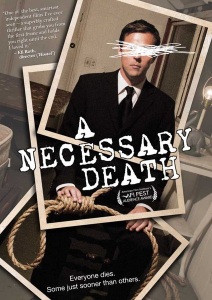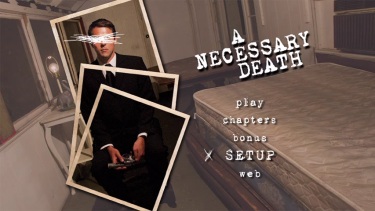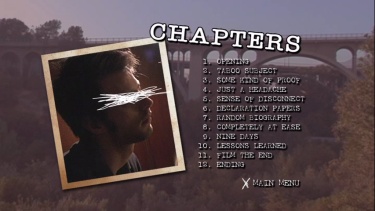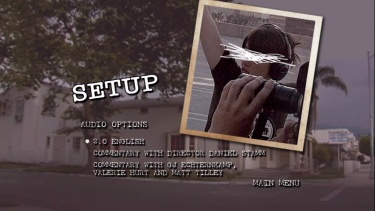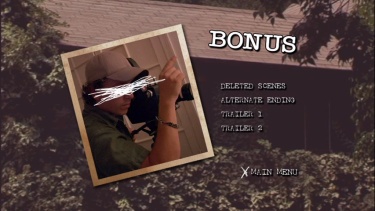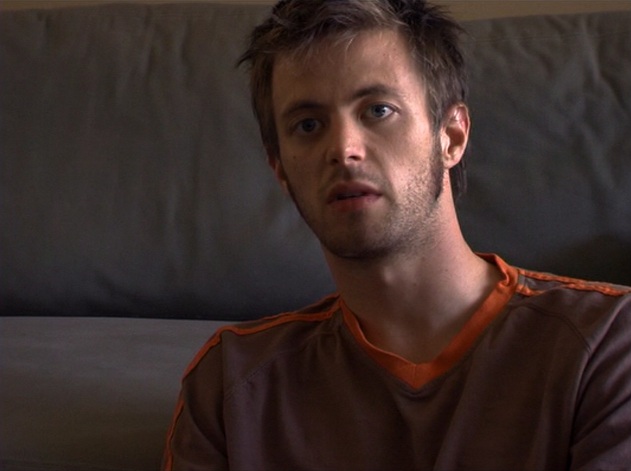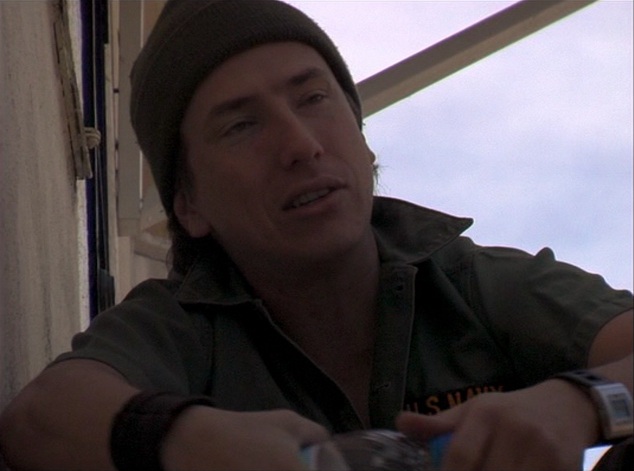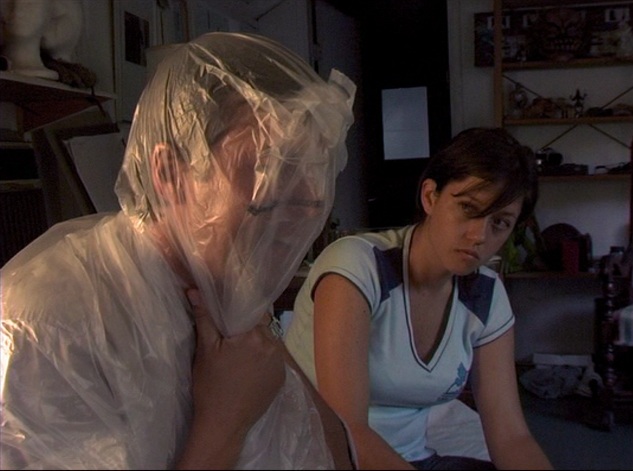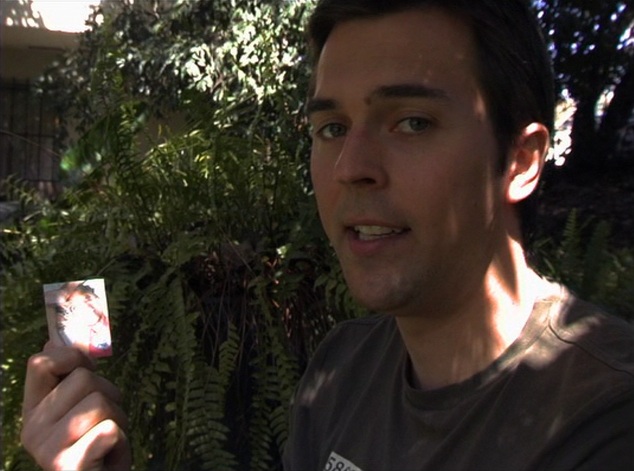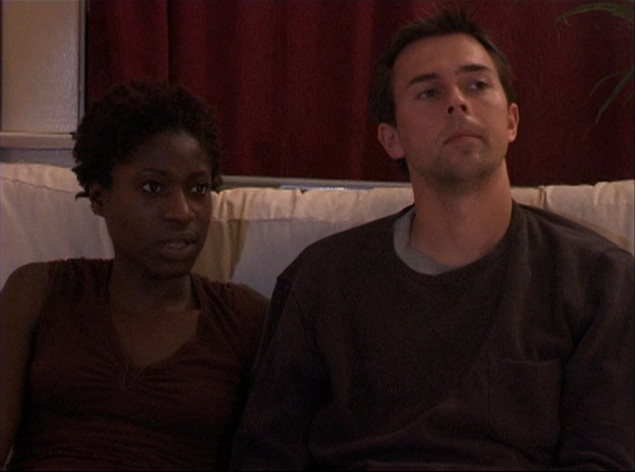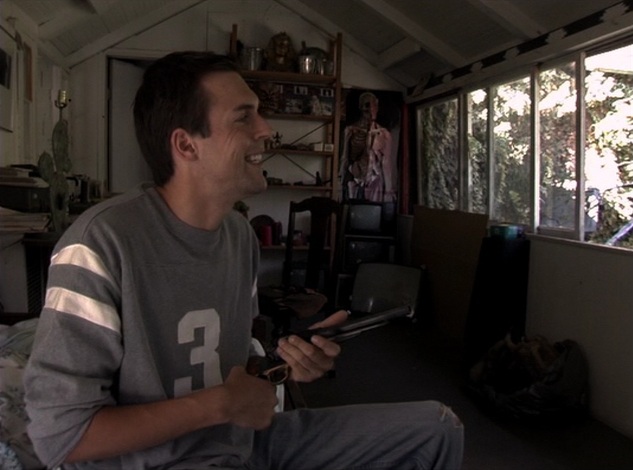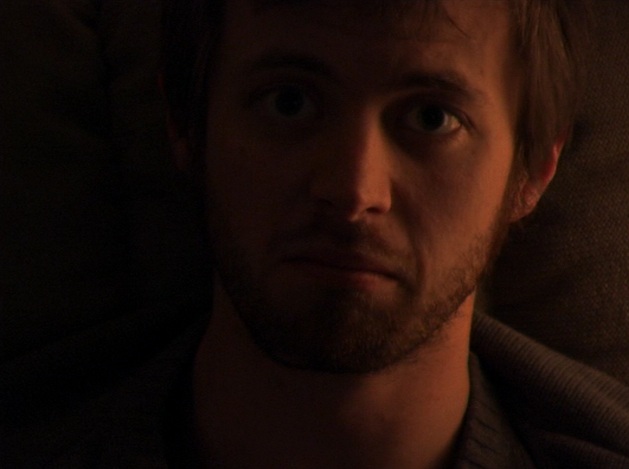![]()
![]()

![]()
![]()
|
Search DVDBeaver |
S E A R C H D V D B e a v e r |
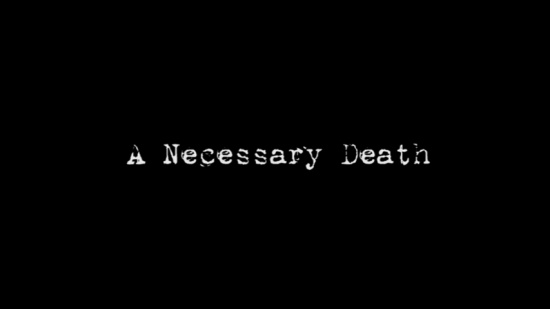
(aka "Suicide Diaries (working title)" )
directed by Daniel Stamm
USA 2008
|
"Documentary Filmmaker looking for
suicidal individual to follow from first preparation to final
act," so says the banned Craigslist ad put out by documentary
film student Gilbert Toma (G.J. Echternkamp,
HARD CANDY) for his thesis film THE CHOICE for
the Los Angeles Film Conservatory. The school will not okay the
proposal, nor give him access to equipment (the now-impractical
16mm shooting gauge requirement was added to raise the financial
stakes of the project), and his cameraman Michael (Michael
Traynor) and sound mixer Valerie (Valerie Hurt, QUEENS OF
COUNTRY) have misgivings about the project; however, Gilbert
is convinced that he is onto something great and presses on.
Having exhausted all donation resources, he turns to his mother
to refinance her home. With his roommate Daniel (writer/director
Daniel Stamm - glimpsed once in silhouette and heard offscreen -
although the film was actually shot by Zoltan Honti, who would
also photograph Stamm's THE LAST EXORCISM) documenting
the shooting of his documentary, Gilbert interviews a number of
subjects and selects Matt (Matthew Tilley), a young British
immigrant who is dying from an incurable hereditary cancer that
already took his father's life. Not wanting to put his mother
(Pamela Salem, GODS AND MONSTERS) or stepsister Konima (Konima
Parkinson-Jones, FREEWAY KILLER) through the pain again,
Matt has decided to end his life before the debilitating pain
sets in. As filming continues and the filmmakers get to know
Matt (and vice versa), all parties begin to doubt that they can
follow up on their ends of the project. The deeper entanglements
and changing allegiances between the filmmakers and their
subject spark jealousy and manipulations that ensure a tragic
denouement. |
Posters
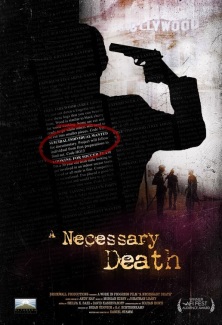 |
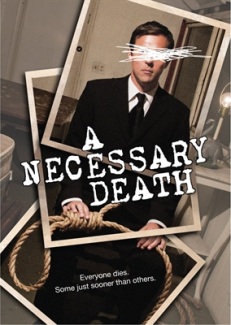 |
Theatrical Release: 8 March 2008 (USA)
Reviews More Reviews DVD Reviews
DVD Review: FilmBuff/MPI Media Group - Region 1 - NTSC
Big thanks to Eric Cotenas for the Review!
| DVD Box Cover |
|
CLICK to order from:
|
| Distribution |
FilmBuff/MPI Media Group Region 1 - NTSC |
|
| Runtime | 1:38:57 | |
| Video |
1.33:1 Original Aspect Ratio
16X9 enhanced |
|
|
NOTE: The Vertical axis represents the bits transferred per second. The Horizontal is the time in minutes. |
||
| Bitrate |
|
|
| Audio | English Dolby Digital 2.0 stereo | |
| Subtitles | none | |
| Features |
Release Information: Studio: FilmBuff/MPI Media Group Aspect Ratio:
Edition Details: Chapters 12 |
|
| Comments |
MPI's
dual-layered, progressive DVD frames the 1.33:1 film in a 16:9
palette. The blown-out highlights and aliasing of fine lines are
appropriate to both the DV gauge of the film and the DV camera
of the unseen filmmaker-within-the-film who is following the
documentary filmmakers around. The 2.0 audio has a few musical
(and other) outbursts, but is largely in keeping with the
documentary concept (location audio with occasional added
musical interludes.) |
DVD Menus
|
|
|
|
|
|
Screen Captures
|
|
|
|
|
|
|
|
|
|
|
|
|
|
| DVD Box Cover |
|
CLICK to order from:
|
| Distribution |
FilmBuff/MPI Media Group Region 1 - NTSC |
|
![]()
![]()

![]()
![]()
 Search DVDBeaver |
S E A R C H D V D B e a v e r |
